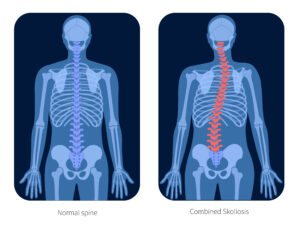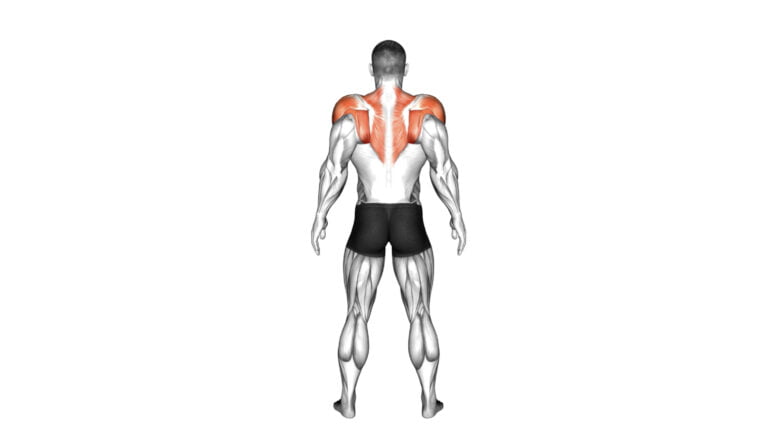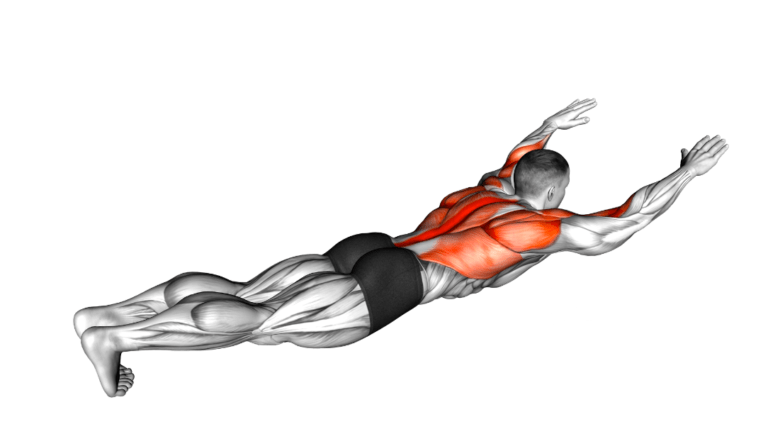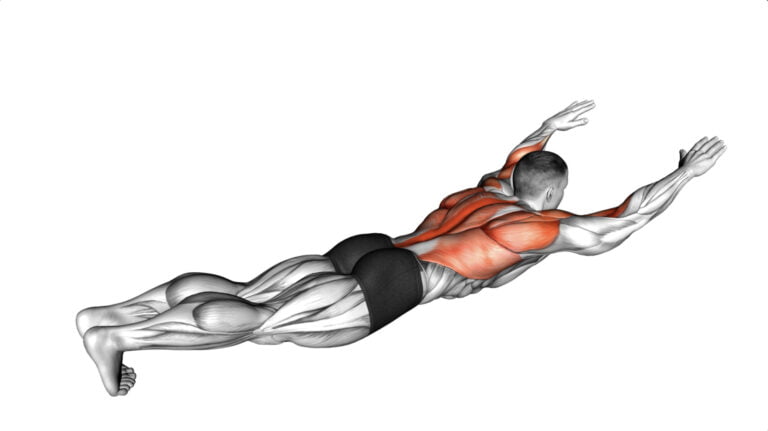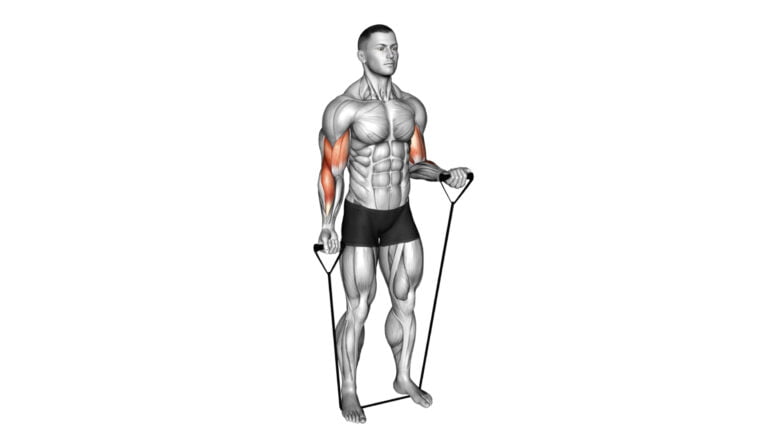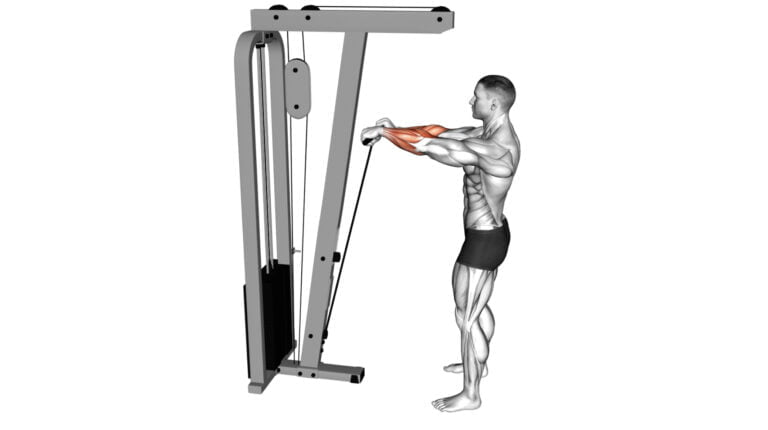Worst Exercises For Shoulder Impingement – Top Exercises To Avoid
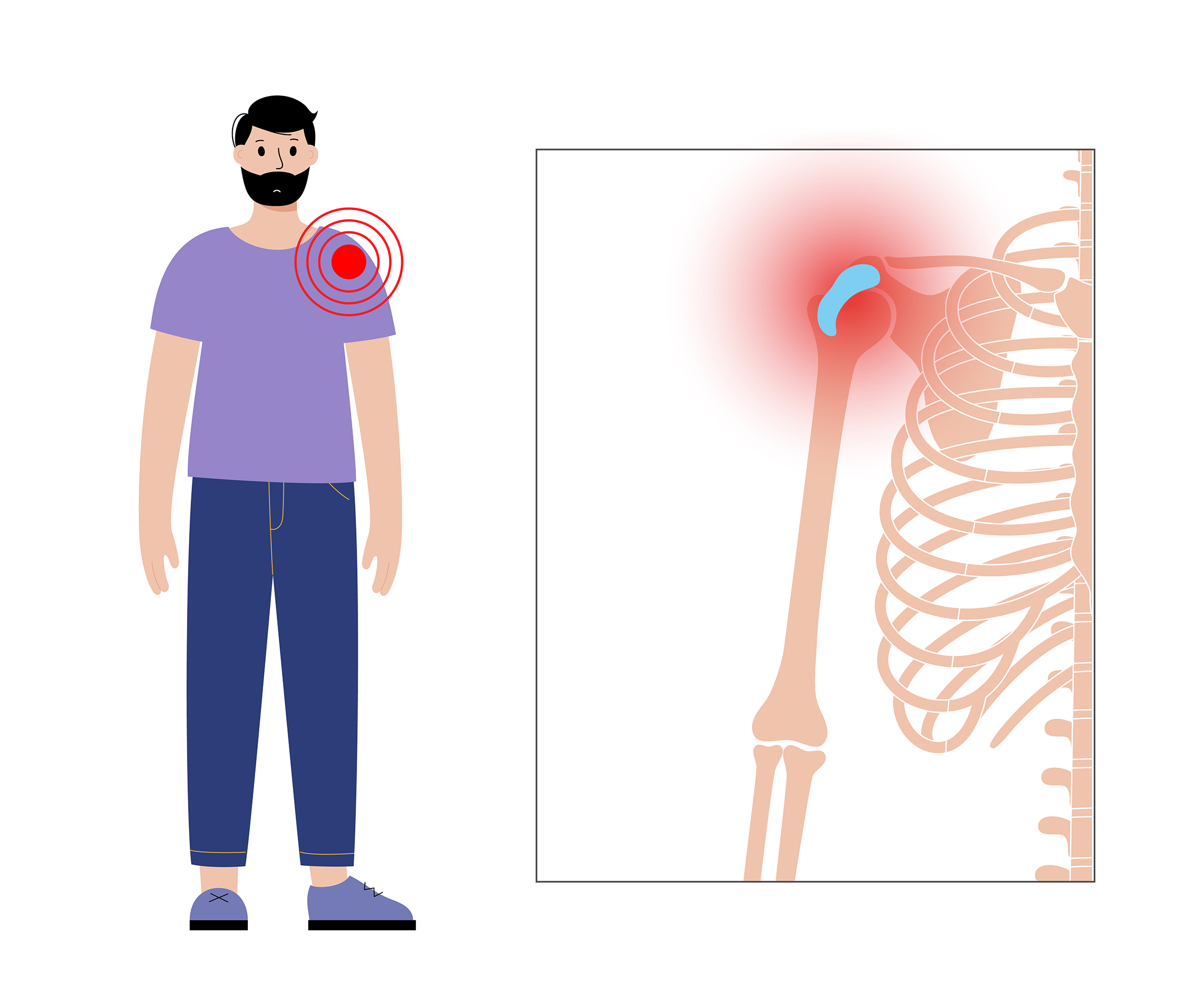
Shoulder impingement hits many of us hard, especially if you love working out. It’s that sharp pain in your shoulder when you lift your arm, a sign something’s not right up there. Did you know about 50% of folks with shoulder pain suffer from this condition? That fact alone tells us it’s crucial to talk about the worst exercises for shoulder impingement – because avoiding these can save us from a lot of hurt.
With my background as a certified personal trainer and over ten years coaching in strength sports and fitness, I’ve seen my fair share of exercise-induced injuries. Trust me; knowing which moves to steer clear of is just as important as nailing the perfect form on your lifts.

This article will guide you through the no-go zones in the gym for keeping those shoulders happy and healthy – time to get smart with our workouts!
Key Takeaways
- Shoulder impingement causes pain and weakness because the rotator cuff gets pinched. This happens a lot when lifting arms.
- Bad exercises for shoulder impingement include overhead presses, behind-the-neck pulldowns, upright rows, bench dips, and behind-the-neck presses. They push the shoulder into risky spots.
- To avoid hurting your shoulder more, do safer exercises like front raises instead of overhead presses and front lat pulldowns instead of behind-the-neck ones.
- Wrong moves make small tendons in shoulders get squeezed hard. This can stop you from doing everyday things without pain.
- Changing how you exercise keeps your shoulders safe. You can still build muscle without putting bad pressure on your rotator cuff or other parts of your shoulder.
Understanding Shoulder Impingement

Moving from the basics, let’s dive deeper into what shoulder impingement really means. This issue happens when your rotator cuff gets pinched between the top part of your arm and a bony part on your shoulder blade.
It can cause a lot of pain and make your shoulder weak. Think about those small tendons in your shoulder getting squeezed every time you lift your arm. Ouch, right? That’s why knowing the worst exercises for shoulder impingement is so vital.
The key to relief is not only avoiding harm but also strengthening safely.
Exercises that push your arms overhead or behind your head tend to be big troublemakers. They force those tender spots in an already tight space to pinch even more. And if you’re constantly pushing through this kind of discomfort, you’re setting yourself up for more damage without even realizing it.
Simple daily tasks can start feeling like a struggle because of that constant pinch and pain in the affected area.
Exercises to Avoid for Shoulder Health
Some movements can hurt your shoulder, especially if you already have pain there. To keep your shoulder safe, it’s smart to stay away from the worst exercises for shoulder impingement.
Overhead Weight Lifting Risks
Lifting weights overhead puts a lot of stress on your shoulder joint. This can pinch the small tendon in your shoulder, leading to pain and damage. I’ve seen gym-goers who ignored this risk end up with serious rotator cuff injuries.
The movement squeezes bones and tendons together in a way they’re not meant to handle.
Doing exercises like military presses or lat pulldowns behind the head forces your shoulders into an unnatural position. It stretches the muscles too much. Most folks don’t have the flexibility to do these moves safely.
This leads to hurt and stops you from working out or doing daily tasks comfortably. To keep shoulders safe, consider other ways to build strength without pushing weight above your head.
Risks of Behind-the-Neck Pulldowns
Shifting from the risks of overhead weight lifting, we now look at behind-the-neck pulldowns. This exercise can cause trouble for your shoulders. The position forces your shoulders into an awkward angle.
This can pinch the tendons in your rotator cuff. When you do this move, it puts a lot of stress on the shoulder muscles and tendons.
Behind-the-neck pulldowns ask you to reach back in a way that is not natural. Most people don’t have the flexibility to do this right. This leads to bad form and risk of injury over time.
Mixing strength with safety ensures long-term progress.
The Dangers of Upright Rows
Moving on from behind-the-neck pulldowns, let’s talk about upright rows. This exercise might seem easy and effective for shoulder muscles, but it carries risks. Upright rows can pinch your rotator cuff tendons, which leads to pain and damage over time.
I’ve seen many people get hurt from doing them wrong.
The way you lift the barbell or dumbbells can cause trouble. If you pull with your hands too close or lift too high, you squeeze the space where your rotator cuff lives. This squeezing hurts the tendons in your shoulder.
After trying this exercise a few times myself, my shoulder began to feel bad. That’s why I tell folks to be careful with upright rows or choose other exercises that are safer for their shoulders.
Concerns with Behind-the-Neck Presses
Behind-the-neck presses can be tough on your shoulders. Doing this exercise, you push weights or a barbell behind your head. This move forces your shoulders into an awkward spot. Your rotator cuff and shoulder tendons stretch in ways they shouldn’t.
I’ve seen gym buddies struggle with pain after sticking to these presses for too long.
This press movement pinches the rotator cuff muscles badly. Imagine your shoulder trying to move, but something blocks it from inside. That’s what happens here. It leads to impingement and damage over time.
Next up, let’s talk about why bench dips might not be the best choice for someone with shoulder troubles.
Bench Dip Hazards for Shoulder Impingement
Bench dips seem easy and effective for strengthening your arms and shoulders. But, they can hurt people with shoulder impingement. Doing dips forces your shoulders into a position that squeezes the rotator cuff tendons.
This can lead to more damage and pain if you have shoulder impingement.
I’ve seen many gym-goers wince during this exercise. It’s not worth risking your shoulder health. Instead, try exercises that keep your shoulders safe while still boosting muscle strength around your affected area.
Let’s shift our focus to how we can modify other exercises for better shoulder safety.
Exercise Modifications for Shoulder Safety
Keeping your shoulders safe is key, especially if you’re healing from or want to avoid shoulder impingement. I’ve learned this the hard way during my years of coaching and training. Here’s a guide on modifying exercises so you can still strengthen without putting your shoulders at risk.
1. Instead of overhead presses, try front raises using dumbbells. This keeps your arms in front of your body, reducing stress on your rotator cuff.
2. Swap out behind-the-neck pulldowns for front lat pulldowns. Pulling down in front of your head avoids forcing the shoulder into a risky position.
3. Skip upright rows entirely. These are often called one of the worst exercises for shoulder impingement. Go for lateral raises but keep weights light and movements controlled.
4. Behind-the-neck presses? Switch them with Arnold presses. Rotating palms from facing back to facing forward as you press up improves shoulder rotation safely.
5. Bench dips can pinch the rotator cuff too much. So, use tricep pushdowns on a cable machine instead. It’s easier on your shoulders while still working your triceps hard.
Starting with these modifications can help protect your shoulders during workouts.
Conclusion

We talked about the worst exercises for shoulder impingement. To keep shoulders safe, avoid overhead lifts, behind-the-neck pulldowns, upright rows, bench dips, and behind-the-neck presses.
These moves can hurt your shoulder more. Instead, try safer ways to work out those muscles. Changing how you exercise can protect your shoulders from injury.
Safe workouts help your shoulders stay strong without harm. There are better routines that won’t pinch or damage your shoulder parts. For more tips on keeping fit while protecting your shoulders, chat with a physical therapist or look up strengthening routines online.
Taking care of our shoulders is key to staying active and injury-free. By picking the right exercises, we prevent pain and keep enjoying our favorite sports or activities. Let’s choose wisely and take action to safeguard our health – starting today!
FAQs
1. What is shoulder impingement, and why should I care about exercises to avoid?
Shoulder impingement happens when your shoulder muscles get pinched by the bones around them. It’s important to know which exercises to skip because doing the wrong ones can hurt your shoulder more.
2. Can you name some exercises bad for my shoulder?
Sure… Avoid these: behind-the-head shoulder press, bench press with elbows flared out, and any exercise that makes you lift your arms high in an awkward way or rotate them in a way they don’t normally move.
3. Why is the behind-the-neck press bad for me?
This exercise forces your shoulders into a position they don’t like, which can cause extra wear and tear. Plus, not everyone’s body moves easily this way, making it risky.
4. Are there safe exercises for my shoulders if I have impingement?
Yes! Focus on gentle strengthening and stretching exercises that don’t push your shoulders too much—like front raises but only up to shoulder height or external rotations with a band without going too far.
5. Should I see someone before trying new shoulder exercises?
Absolutely! A physical therapist or an orthopedic specialist can guide you on what’s safe and help design a routine that strengthens without harming your shoulders.
6. How do rotator cuff injuries tie into all this?
Rotator cuff injuries are often linked with impingement since both involve the tendons in your shoulder getting irritated or damaged. Choosing safer exercises helps protect these tendons from further harm.

Author
Years ago, the spark of my life’s passion ignited in my mind the moment I stepped into the local gym for the first time. The inaugural bead of perspiration, the initial endeavor, the very first surge of endorphins, and a sense of pride that washed over me post-workout marked the beginning of my deep-seated interest in strength sports, fitness, and sports nutrition. This very curiosity blossomed rapidly into a profound fascination, propelling me to earn a Master’s degree in Physical Education from the Academy of Physical Education in Krakow, followed by a Sports Manager diploma from the Jagiellonian University. My journey of growth led me to gain more specialized qualifications, such as being a certified personal trainer with a focus on sports dietetics, a lifeguard, and an instructor for wellness and corrective gymnastics. Theoretical knowledge paired seamlessly with practical experience, reinforcing my belief that the transformation of individuals under my guidance was also a reflection of my personal growth. This belief holds true even today. Each day, I strive to push the boundaries and explore new realms. These realms gently elevate me to greater heights. The unique combination of passion for my field and the continuous quest for growth fuels my drive to break new ground.



